Check URLs for uniqueness
Number of URLs: 0 (to 200 URLs)
The balance is exhausted - Top up the balance
The maximum cost of this check is 4 🍭
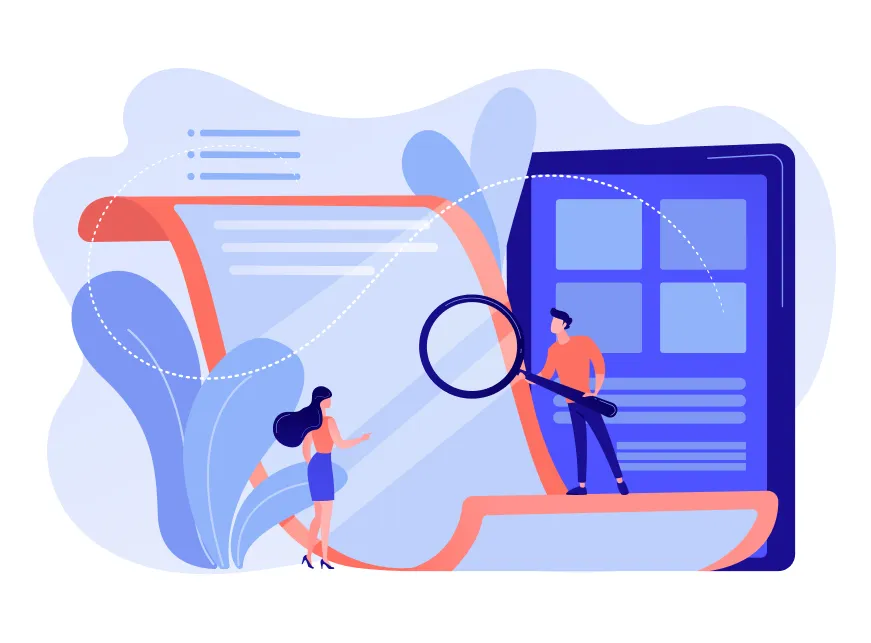
Page Uniqueness Check
Uniqueness is a technical parameter that shows what portion of the total text volume has no duplicates on the internet. The uniqueness of the text is measured in percentages. For example, if you want to check a text of 10 pages, of which 5 you wrote yourself and the other 5 were copied from some website, such work will have approximately 50% uniqueness and 50% plagiarism. The maximum uniqueness value is 100%. However, this indicator is practically impossible to determine independently; special programs are used for its verification.

Why is it Necessary to Check Text Uniqueness?
Text uniqueness check services are actively used by teachers, copywriters, content clients, and SEO optimizers.
Teachers need to check the uniqueness of the text to understand whether the student has copied someone else's work. A high uniqueness score indicates that the student can at least formulate thoughts independently and work with information, and at most — has a good understanding of the subject.
Content clients also practice plagiarism detection to understand whether the new article has been copied from another resource. Using uniqueness checks for Ukrainian-language texts and foreign content helps reduce the risks associated with copyright violations and promotes the project more effectively online.
Modern copywriting is practically impossible without checking content for plagiarism. Copywriters conduct uniqueness checks to find out whether their work meets the requirements of the technical task and the expectations of the client.
SEO specialists can forecast the prospects of text ranking and its chances of entering the top based on the results of the uniqueness check.
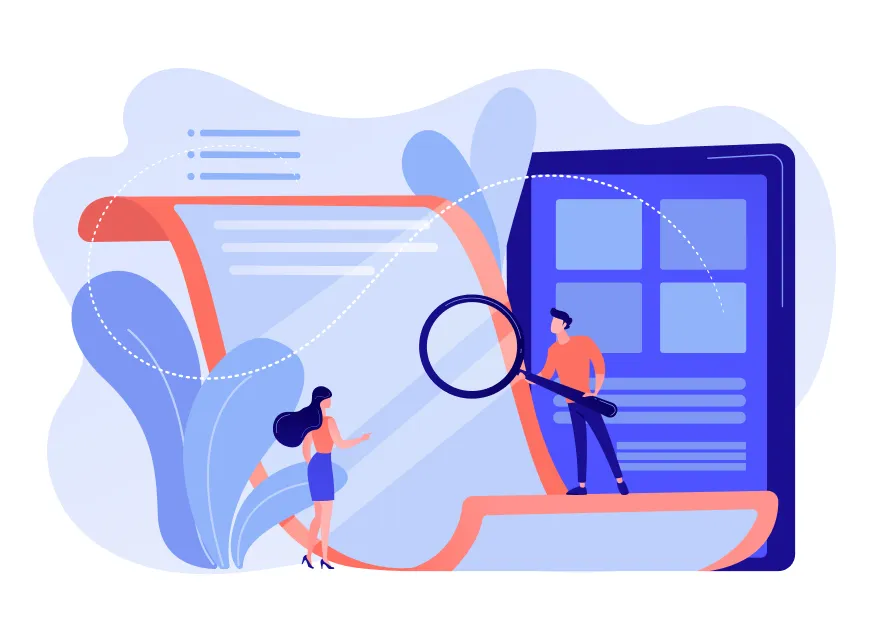
What Uniqueness is Considered Acceptable?
Different types of texts have their minimum acceptable uniqueness scores. There is no general standard, as each text has its specifics. For articles, posts, and service descriptions, a uniqueness of 90% is considered good, for catalog sections and product cards — 85%, and for academic works (essays, diplomas, course papers), usually, 80% is sufficient.
There are also some types of content for which high uniqueness is not crucial. This list includes:
But even such materials cannot be copied and freely used, as they may be subject to copyright.
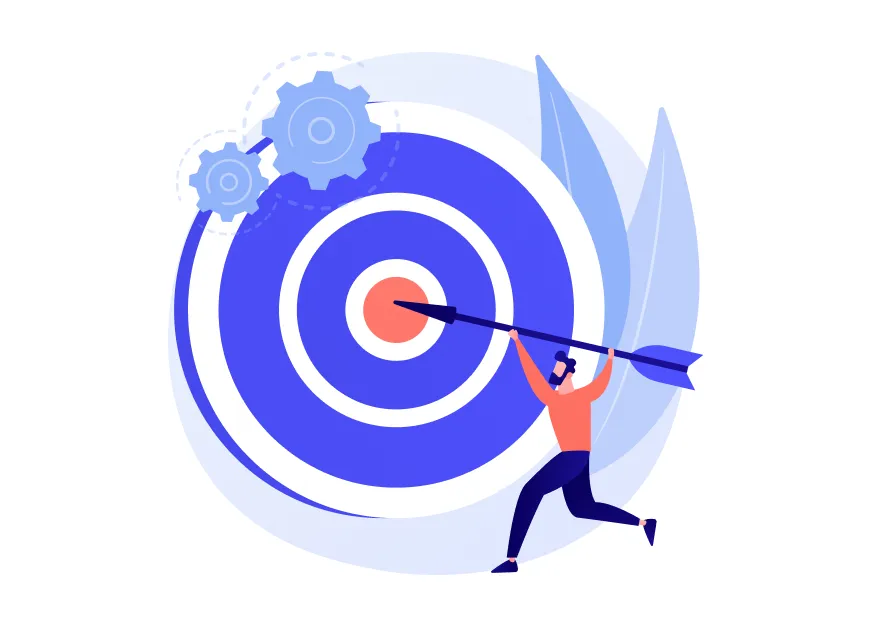
The Role of Uniqueness for SEO and Why You Shouldn’t Copy Other People’s Content
Plagiarism is easily detected by search engine bots. If you simply take ready-made text from the internet and place it on your site, the detection of plagiarism can lead to unpleasant consequences:
There are known cases where unscrupulous website owners "steal" other people's texts but avoid penalties from search engines. Sometimes it even happens that the copied texts are indexed better than on the original site. Unfortunately, search engines sometimes make mistakes, but this is certainly not a reason to risk using someone else's content.
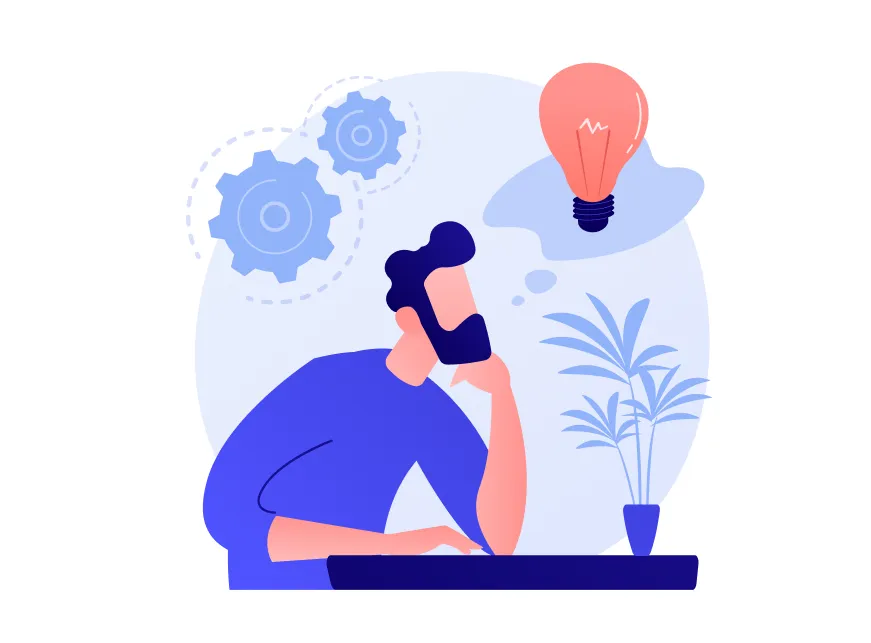
How Do Uniqueness Checking Systems Work?
The uniqueness check of a page using the online service Candy Content is very simple:
- The text for verification is uploaded into a special field.
- The plagiarism detection program processes the text for a while and searches for matches on the internet. The databases of search engines contain about 400 billion documents in Ukrainian and other languages, allowing for high accuracy in checks.
- The uniqueness check result appears on the screen as a percentage, where 100% means the text is completely unique, and 0% means it is entirely borrowed.
The operation of uniqueness checking services is based on complex algorithms. One of the most common algorithms for detecting plagiarism is the shingle method. A shingle is a small piece of text (from 3 to 8 words). The originality checking program breaks the entire text into shingles, for each of which a hash—a unique set of letters and numbers—is calculated. Each hash "encodes" the content of a specific shingle.
The uniqueness checking system analyzes the user’s text file and the text it considers original, and begins to compare the hashes of individual shingles. The more matches the program finds, the lower the uniqueness percentage will be.
The results of the Candy Content text uniqueness checking service appear as links to the detected verbatim matches from other materials on the internet, as well as color-coded plagiarism markings.

Rules for Creating Unique Texts
In fact, creating unique content is not difficult. The main thing is to avoid blind copying of others' texts and to follow these recommendations:
When an author writes the text independently, they have a good chance of achieving high uniqueness rates. Therefore, instead of mindlessly rewriting someone else's material, it is worth familiarizing yourself with the topic in advance, identifying important information, structuring the text, and only after that starting to work.
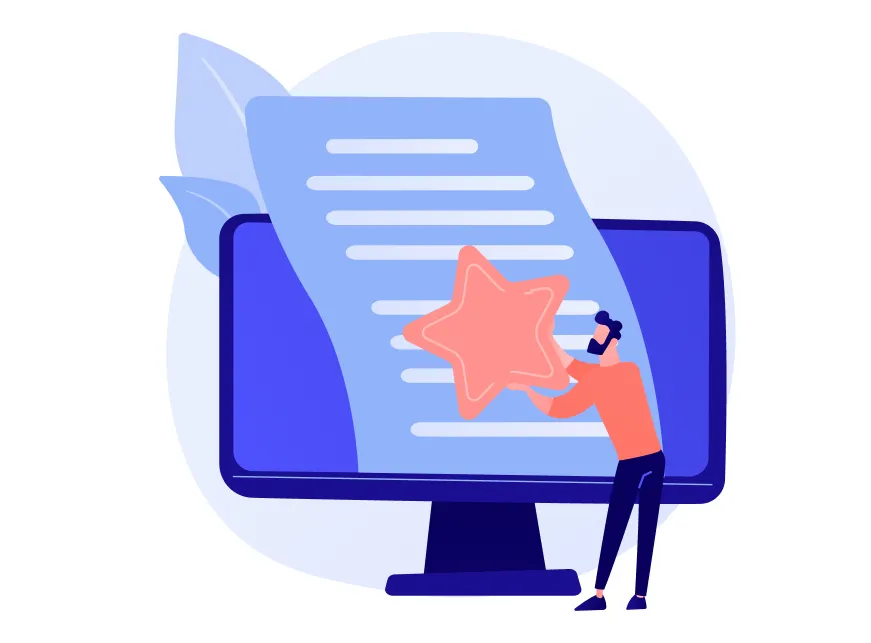
How to Increase the Uniqueness of Text?
Any copywriter occasionally faces the problem of low uniqueness. It seems that the topic has been well-developed, and the text has been written "from oneself," yet the uniqueness percentage is still unsatisfactory. This often happens when creating content on popular topics.
There are several ways to help increase the uniqueness of such texts:
An important point! Not all texts can have their uniqueness increased. This primarily applies to specific content that contains standard terminology, descriptions of technologies, or widely known products, etc. When writing such texts, one should consider not only the results of the uniqueness check but also the usefulness of the content for readers.

What methods should not be used to increase uniqueness?
There are several dubious methods to achieve high uniqueness that experts categorically do not recommend using:

Legal Nuances
If, using a plagiarism detector, you find that your texts are also published on another resource, you should:
If you do not receive any response within 30 days, you may go to court. You can also contact the hosting owner, who, if there is undeniable proof of plagiarism, should impose sanctions on the violator, up to blocking the site. While this does not always happen, it's worth trying.
Conclusions
In the modern information space, text uniqueness is of great importance. Original content increases user trust in the source and improves website rankings in search engines. Using the uniqueness checking service Candy Content helps create original texts while avoiding plagiarism. Following simple recommendations for creating unique texts contributes to successful website promotion on the internet, and a reliable online plagiarism service will make this task even easier.